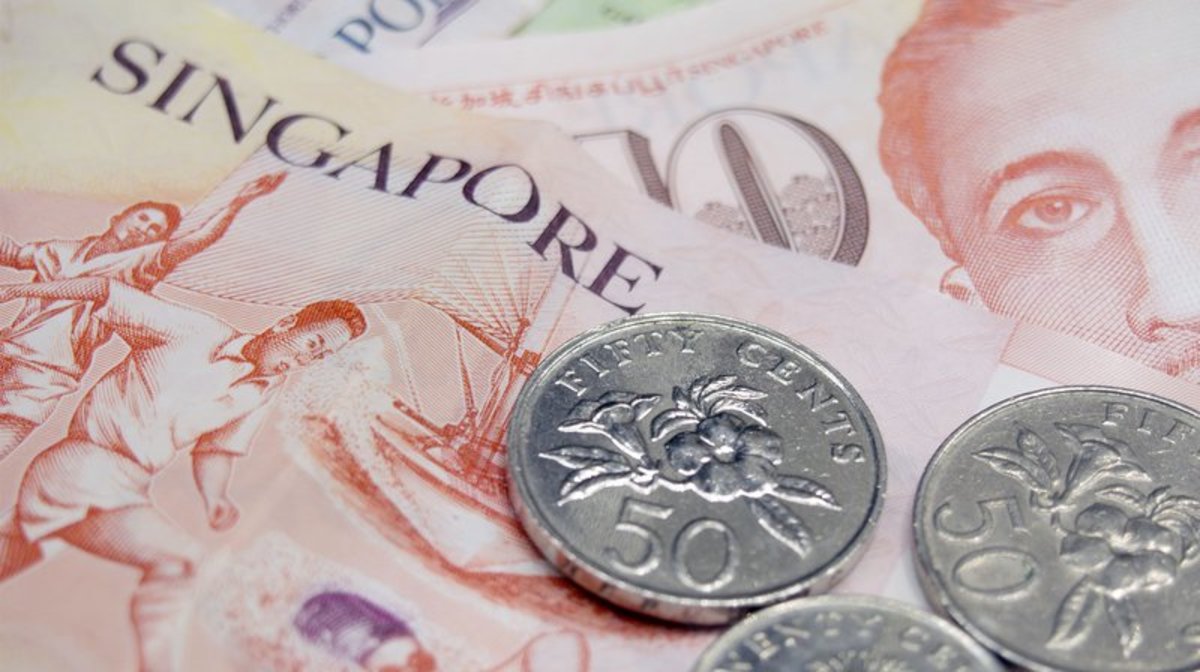
In a report entitled “The Future Is Here,” Singapore’s central bank announced that it has completed the first phase of a project involving the development of a tokenized version of the Singapore dollar (SGD) on an Ethereum-based blockchain.
Project Ubin, which began in November 2016, is an attempt to create a functional replacement for Singapore’s interbank payments network using tokenization and blockchain technology.
The first phase of the project was successful, developing a proof-of-concept replacement of the MAS Electronic Payments System (MEPS+), the Singaporean analog of the Clearing House Interbank Payments System (CHIPS) in the United States, which handles the settlement of interbank debts.
In the prototype model, MEPS+ transfers simply become transfers on a private Ethereum-based blockchain. Although it is still in the early stages, Project Ubin promises a future in which bank customers can send and receive payments and exchange currency without lengthy processing times, fees or intermediaries. In the long term, Project Ubin could herald the overthrow of fiat currency by tokenized cryptocurrency.
It is important to note that the prototype, if implemented, would not affect the net money supply, as all tokens are backed by Singapore dollars held in “custody” by the central bank and which can be freely exchanged back to fiat currency.
In June 2016, the Bank of Canada partnered with R3 and several major banks on Project Jasper to develop a blockchain-based competitor to the country’s current interbank payments solution, the Large Value Transfer System (LVTS).
On May 25, the Bank of Canada announced that a blockchain-based solution was not a viable substitute for the LVTS and abandoned Project Jasper.
However, much of the code and architecture developed for Project Jasper made its way into Project Ubin. In turn, the Monetary Authority of Singapore (MAS) says it plans to make the Project Ubin prototype available to students and professionals in order to further development and innovation.
Other central banks have considered or experimented with tokenization, including the Bank of England, the People’s Bank of China (PBOC) and the Central Bank of Russia.
In February, the PBOC began testing a prototype cryptocurrency that has been in development since 2014.
The Central Bank of Russia is currently testing an Ethereum-based blockchain solution to process online payments and perform customer verification. President Vladimir Putin met with Ethereum’s creator Vitalik Buterin at the St. Petersburg Economic Forum last week and reportedly encouraged efforts to advance blockchain technology in Russia.
Many other countries are already on the blockchain bandwagon; however, if Singapore’s project is fully implemented, it would mark the first tokenized fiat currency and the first blockchain-based interbank payments system.
But Project Ubin is not over yet. The first phase was successfully completed on March 9, and the report only summarizes its conclusions and outlines the goals of the second phase.
The project’s next goal, according to the report, will be to test the viability of a tokenized blockchain-based solution to domestic and international securities transactions — such as the global stock exchange — and cross-border interbank payments.










